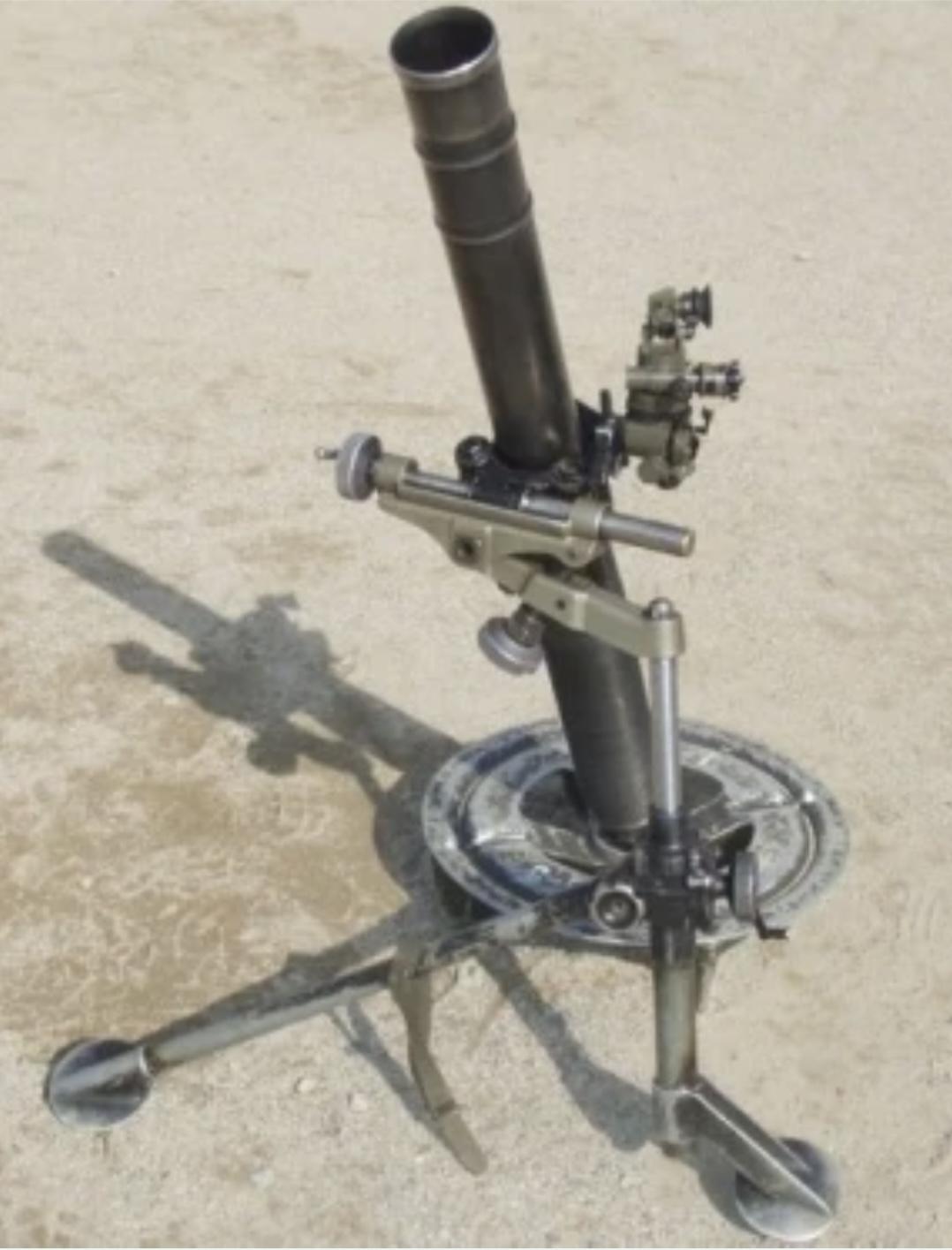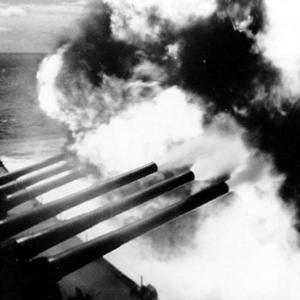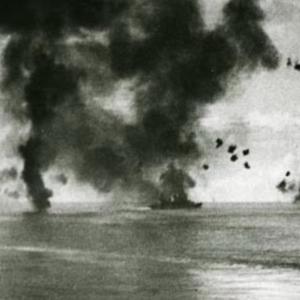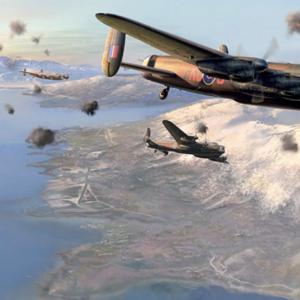
L16 81mm Mortar.
The L16 81mm mortar is a smoothbore, muzzle-loaded weapon designed to provide rapid, accurate, and mobile indirect fire support for infantry units. It has been a critical component of British and Commonwealth infantry battalions since the mid-1960s. The mortar offers a balance of firepower, mobility, and versatility, making it highly effective in a wide range of tactical scenarios.
Designed by the Royal Armament Research and Development Establishment (RARDE) at Fort Halstead in the United Kingdom, development began in 1956. Production started in 1965 and was carried out by Royal Ordnance. The L16 replaced the earlier 3-inch mortar and has since been adopted in several forms by other nations, including the U.S. M252 and the Australian F2 variant.
The L16 mortar consists of three main parts: the barrel, the baseplate, and the bipod. It is typically operated by a three-man crew: a firer, loader, and ammunition number. The entire system weighs approximately 35.3 kilograms, with the barrel itself weighing 11 kilograms. The bipod adds another 12 kilograms, and the baseplate roughly 10 kilograms.
It is fitted with a C2 optical sight, offering daylight and illuminated targeting capabilities. The mortar is manually aimed using deflection and elevation adjustments and is known for its precision and reliability in the field.
The maximum rate of fire is around 20 rounds per minute for short periods, with a sustained rate of 15 rounds per minute. The L16 can deliver accurate fire at ranges up to 5,650 meters using standard high-explosive rounds. Smoke rounds and illumination rounds have slightly shorter ranges, with illumination reaching up to 4,800 meters.
The L16 fires a variety of 81mm ammunition, enhancing its flexibility in combat situations. High explosive rounds are used to inflict damage on enemy personnel and light vehicles through fragmentation and are the most common in combat. Smoke rounds, typically containing white phosphorus or other compounds, are used to obscure enemy vision, provide concealment, mark targets, or signal movement. Illumination rounds are equipped with a parachute flare and light up the battlefield during night operations, aiding observation and target acquisition.
A typical high-explosive round weighs around 4.2 kilograms and is fin-stabilized for increased accuracy. The L16 uses a conventional drop-fire system where the round is dropped into the barrel and strikes a fixed firing pin at the base.
The L16 mortar played a pivotal role during the Falklands War in 1982, particularly in the Battle of Mount Longdon. British Parachute Regiment units, especially 3 PARA, deployed the mortar effectively in this mountainous terrain. Given its portability and ease of use, it was well-suited for the rugged and boggy landscapes of the Falklands.
During the night assault on Argentine positions at Mount Longdon, the L16 was instrumental in providing indirect fire to suppress enemy positions, destroy fortifications, and illuminate the battlefield. Mortar teams had to maneuver through difficult terrain, often carrying components separately due to the weight and bulk. Despite these challenges, they maintained a high rate of fire and contributed significantly to the success of the operation.
The use of illumination rounds allowed British forces to detect enemy movement and positions in darkness, while high-explosive rounds helped dislodge entrenched enemy troops. The mortar’s effectiveness in such close and brutal fighting highlighted its reliability and combat value.
The L16 is regarded as one of the most accurate medium mortars of its class. The combination of high-quality British engineering, well-trained crews, and effective ammunition types allowed for precise targeting even in harsh environments like the Falklands.
Accuracy is achieved through consistent propellant charges, fin-stabilized rounds, and the skill of the mortar crew in adjusting fire based on observer feedback. The C2 sight unit further enhanced aiming precision, especially during coordinated fire missions.
The L16 remains in service with the British Army and many NATO-aligned forces around the world. Its longevity is a testament to its robust design, operational effectiveness, and adaptability. While newer, heavier-caliber mortars such as the 120mm systems are considered for future replacement, the L16 continues to provide a dependable indirect fire capability for infantry units.
In training and combat alike, the L16 has proven to be a highly valued asset. Its ability to deliver suppressive fire, create tactical smokescreens, and provide battlefield illumination ensures it remains a cornerstone of battalion-level fire support.










